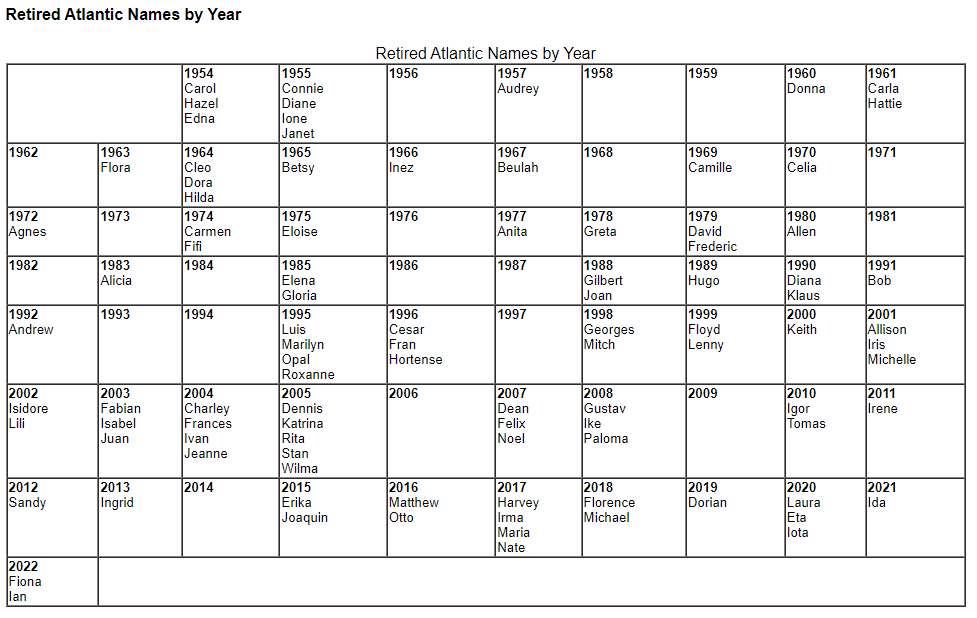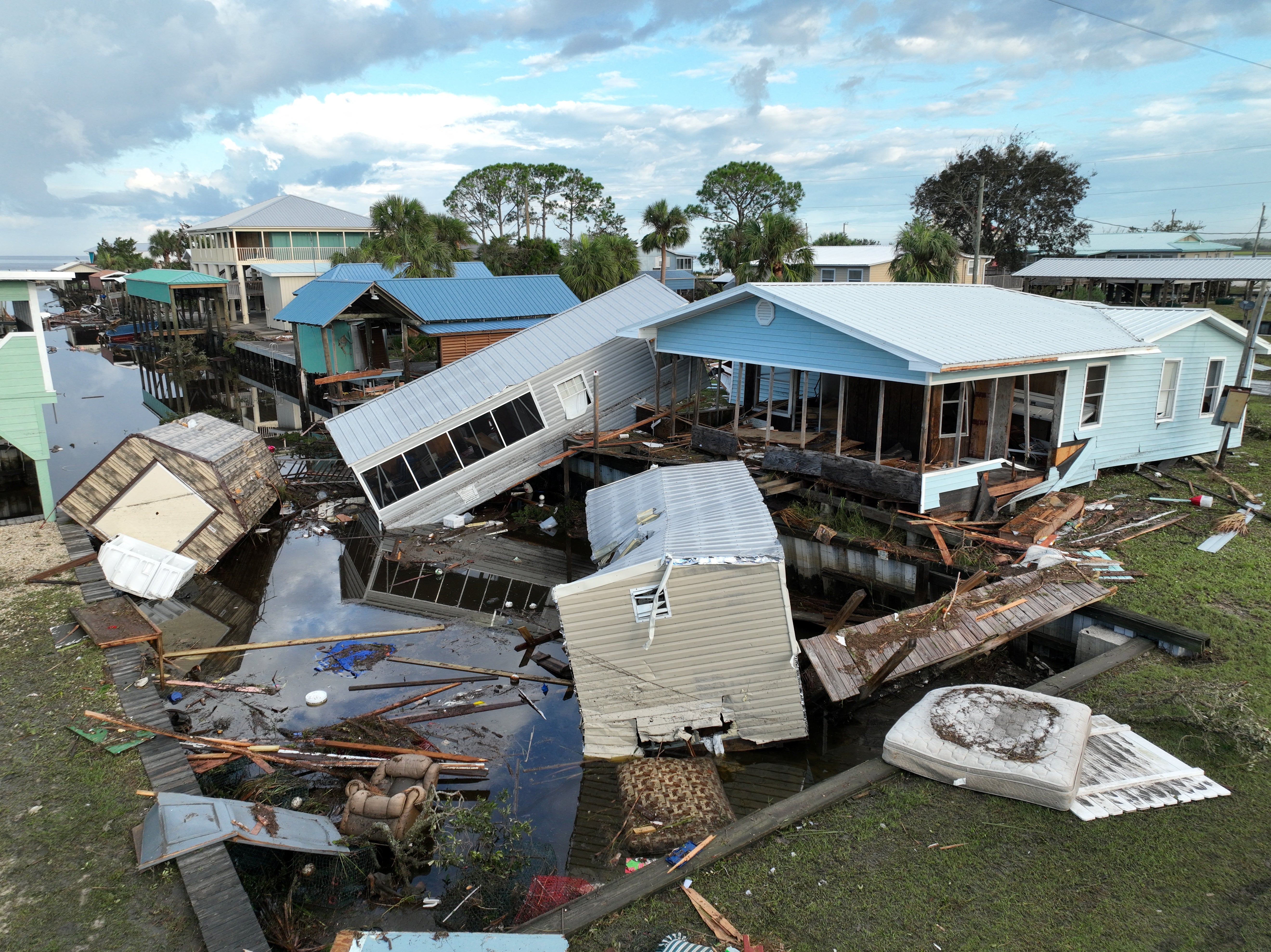Why destructive hurricanes like Idalia often start with the letter ‘I’
Idalia tore through Florida, Georgia and the Carolinas this week
Your support helps us to tell the story
From reproductive rights to climate change to Big Tech, The Independent is on the ground when the story is developing. Whether it's investigating the financials of Elon Musk's pro-Trump PAC or producing our latest documentary, 'The A Word', which shines a light on the American women fighting for reproductive rights, we know how important it is to parse out the facts from the messaging.
At such a critical moment in US history, we need reporters on the ground. Your donation allows us to keep sending journalists to speak to both sides of the story.
The Independent is trusted by Americans across the entire political spectrum. And unlike many other quality news outlets, we choose not to lock Americans out of our reporting and analysis with paywalls. We believe quality journalism should be available to everyone, paid for by those who can afford it.
Your support makes all the difference.Hurricane Idalia caused widespread damage after making landfall as an “extremely dangerous”, Category 3 storm in Florida on Wednesday.
Hundreds of thousands of people were left without power in Florida, Georgia and the Carolinas, and residents shared heartbreaking images of the destruction Idalia caused.
Idalia, which is pronounced Ee-DAL-ya and has Greek or Spanish origins, joined a long list of notoriously destructive hurricanes, whose names start with the letter “I”.
Why are hurricane names retired?
The World Meteorological Organization (WMO) issues alphabetical lists of names to label hurricanes each year - one for each of the world’s three oceanic regions.
In the past, only women’s names were used to identify storms with male names introduced in 1978. The practice of using Greek letters as alternate names ended in 2020.
Names are in a six-year rotation - so those which appeared on the 2023 list possibly will be recycled and seen again in 2029.
“The only time that there is a change is if a storm is so deadly or costly that the future use of its name on a different storm would be inappropriate for obvious reasons of sensitivity,” NOAA said.
Why are so many “I” names retired?
WMO has retired more storm names beginning with “I” than any others.
Atlantic hurricane season runs from 1 June to 30 November. Therefore, the hurricane name list typically hits “I” around late August or September - the peak of the season.
Some 14 hurricane names beginning with “I” have been retired, most recently Hurricane Ian.
Ian struck Cuba as a major hurricane last year bringing down the nation’s electric grid and causing blackouts across large parts of the island.

It slammed into Florida’s Gulf Coast as a Category 4, killing 150 people and damaging 52,000 properties.
Hurricane Ida joined the “I” retirees in 2021 after killing 100 people and causing widespread damage. Ida hit Louisiana with winds of 150mph before travelling northeast where it devastated New York City with deadly flash flooding.
The list of retired Atlantic hurricane names starting with “I”
· Hurricane Ian in 2022 which resulted in 150 deaths
· Hurricane Ida in 2021 which resulted in 100 deaths
· Hurricane Iota in 2020 which resulted in 84 deaths
· Hurricane Irma in 2017 which resulted in 150 deaths
· Hurricane Ingrid in 2013 which resulted in 32 deaths
· Hurricane Irene in 2011 which resulted in 48 deaths

· Hurricane Igor in 2010 which resulted in 1 death
· Hurricane Ike in 2008 which resulted in 103 deaths
· Hurricane Ivan in 2004 which resulted in 100 deaths
· Hurricane Isabel in 2003 which resulted in 51 deaths
· Hurricane Isidore in 2002 which resulted in 9 deaths
· Hurricane Iris in 2001 which resulted in 50 deaths
· Hurricane Inez in 1966 which resulted in about 300 deaths
· Hurricane Ione in 1955 which resulted in 7 deaths




Join our commenting forum
Join thought-provoking conversations, follow other Independent readers and see their replies
Comments